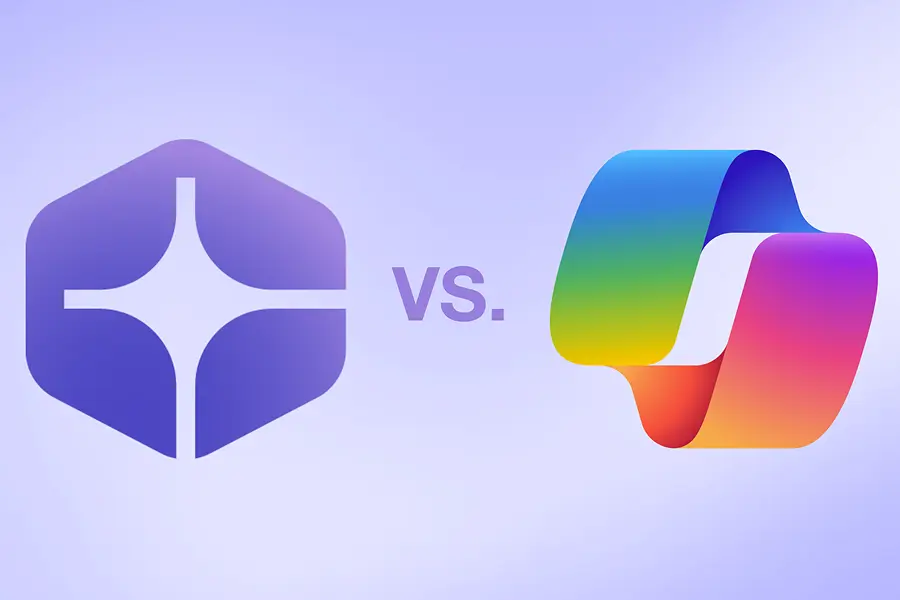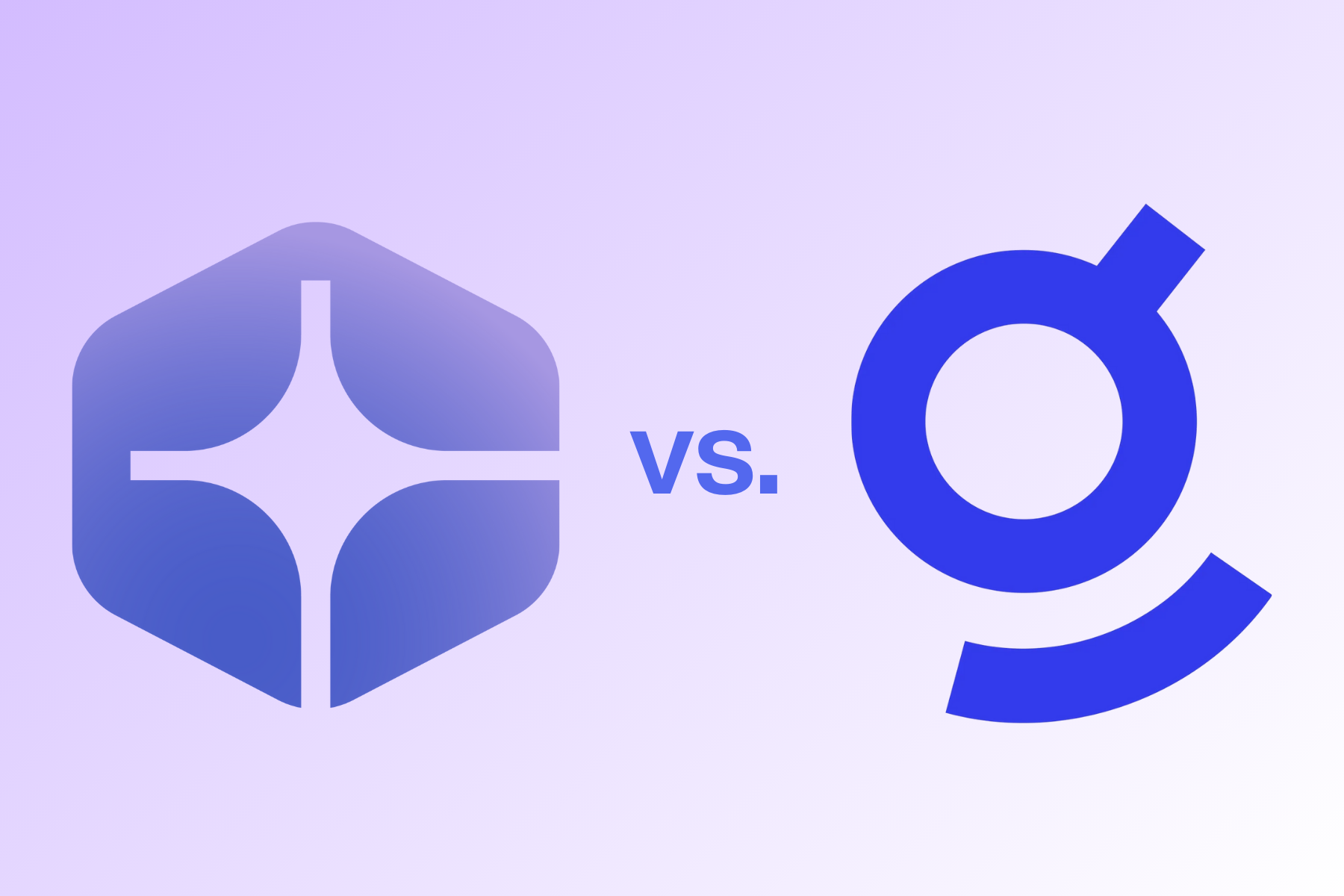APIs are the invisible wiring of the modern world.
Every app you ship, every workflow you automate, every feature that magically “just works” is powered by an API quietly doing its job. APIs were created because developers needed a way to say: “Hey machine, give me that, do this, or tell me what you know,” without reinventing the wheel every time.
But here’s the twist: we’re now entering the first major shift in how APIs are designed, used, and expected to behave in more than a decade.
Developers no longer just want structured data—they want intelligence. They want APIs that reason, ground, summarize, orchestrate, take action, and stay up-to-date without duct-taped integrations or brittle workarounds.
To understand where we’re headed, however, you have to remember where we started.
The evolution of APIs wasn’t smooth or elegant. It was chaotic, painful, and, in hindsight, hilariously overengineered. If you’ve been around long enough, you carry a few scars.
For example, who remembers this?
<Envelope>
<Body>
<GetUser>
<UserID>42</UserID>
</GetUser>
</Body>
</Envelope>
If you just flinched, you survived the Simple Object Access Protocol (SOAP) era. Before that, there were Remote Procedure Calls (RPCs), custom protocols, and serialization nightmares—all attempts to make distributed systems talk.
Those foundations, however, brought us to where we are today: APIs that don’t just deliver data, but enable intelligence.
Let’s trace how we got here.
RPC (1970s–1990s): The Pre-Web Era
Before the web, APIs weren’t even called APIs. They were RPCs—low-level commands that let one program execute a function on another machine.
You’d serialize data, send it across TCP/IP, and deserialize it on the other end.
It was fast for its time, but brittle. Every system spoke its own dialect (CORBA, DCOM, Sun RPC).
Yes, RPC made computers talk—but only if they spoke the same language.
SOAP (1998–2005): When APIs Went Enterprise
Remember manually editing XML schemas before deployment?
SOAP wrapped every request in verbose XML and WSDL contracts. It standardized machine-to-machine communication and brought reliability, but at the cost of complexity. One missing tag and everything broke.
SOAP gave APIs rules, but not agility.
REST (2000s–2010s): The Simplicity Revolution
Then came Representational State Transfer (REST), and developers could finally take a deep breath.
REST embraced the web’s native verbs (GET, POST, PUT, DELETE) and clean JSON payloads.
GET /users/42
No more envelopes, just data. REST made APIs intuitive, fast to build, and easy to consume—fueling the explosion of web apps and SaaS.
But as systems scaled, REST began to struggle. Each endpoint returned a fixed shape of data.
You’d overfetch or underfetch, chain multiple calls, and maintain dozens of nearly identical routes.
REST scaled the programming, but not complexity.
GraphQL (2015–2020s): The Query-First Era
REST was freedom—until your front end needed ten fields from five endpoints. Meta’s engineers built GraphQL to fix that.
One endpoint, flexible schema, and the ability to query exactly what you need:
{
user(id: "42") {
name
posts(limit: 3) {
title
likes
}
}
}
No overfetching. No underfetching. No versioning chaos. GraphQL introduced a query-first mindset: one endpoint, typed schema, flexible shape. It let front-end teams move fast and back-end teams evolve independently.
While REST made APIs simple. GraphQL made them scalable.
But even GraphQL had limits. It structured data, but didn’t understand the data. That’s where AI-native APIs enter the story.
AI-Native APIs (2024–Beyond): The Cognitive Era
What if your API didn’t just return data, but could actually think with it?
We’ve entered the era of intelligent APIs—endpoints that don’t just deliver information, but execute reasoning and decision-making workflows.
At You.com, we’re building the AI Search Infrastructure for exactly this purpose, with two complementary APIs: Search API and Agents API.
Search API
Need to ground your model in real data? The You.com Search API returns LLM-ready, citation-backed results from the web and news in milliseconds.
curl --request GET \
--url 'https://api.ydc-index.io/v1/search?query=latest+breakthroughs+in+quantum+computing+2025&count=5' \
--header 'X-API-Key: <api-key>'
{
"results": {
"web": [
{
"url": "https://you.com",
"title": "The World's Greatest Search Engine!",
"description": "Search on YDC",
"snippets": ["I'm an AI assistant that helps you get more done."]
}
],
"news": [
{
"title": "Exclusive | You.com becomes the backbone of the EU's AI strategy",
"url": "https://www.you.com/news/eu-ai-strategy-youcom"
}
]
},
"metadata": {
"query": "latest breakthroughs in quantum computing 2025",
"latency": 0.123
}
}
The Search API keeps your AI grounded in real-time truth instead of stale or static training data. Use it to fetch fresh facts, citations, and context before an LLM generates output.
Agents API
The Agents API lets developers and AI agents perform multi-step reasoning, call research and compute tools, and stream results in real time.
POST https://api.you.com/v1/agents/runs
Authorization: Bearer <YOUR_API_KEY>
Content-Type: application/json
{
"agent": "advanced",
"input": "You are a biologist studying the impacts of microplastics. Explain what microplastics are to engineers and highlight safe dosage levels.",
"stream": true,
"tools": [{ "type": "research" }, { "type": "compute" }],
"verbosity": "medium",
"workflow_config": { "max_workflow_steps": 5 }
}
The agent plans a workflow, calls You.com’s research and compute tools, and streams results as it synthesizes data from the web, producing a fully reasoned, citation-backed answer in real time.
You can even subscribe to the response via Server-Sent Events (SSE):
event: response.output_item.added
data: { "type": "chat_node.answer", "delta": "Microplastics are tiny plastic particles..." }
Together, these two APIs form the backbone of AI-native development:
- The Search API connects your system to live knowledge.
- The Agents API gives it the power to reason and act on that knowledge.
You.com’s APIs are where data meets reasoning and where AI becomes truly useful.
The Road Ahead
From SOAP’s XML contracts to REST’s simplicity, from GraphQL’s flexibility to AI-native reasoning, the story of APIs mirrors the evolution of computing itself—from rigid systems to adaptive intelligence.
And we’re just getting started.
History of APIs
| Era |
Years |
Format |
Goal |
Problem Solved |
| RPC / CORBA |
1970s–1990s |
Binary |
Communication |
Early inter-process calls |
| SOAP |
1998–2005 |
XML |
Reliability |
Standardized machine communication |
| REST |
2005–2015 |
JSON |
Simplicity |
Accessible, web-native design |
| GraphQL |
2015–2023 |
Query |
Efficiency |
Overfetching / underfetching |
| AI-Native |
2024–Beyond |
JSON + SSE |
Intelligence |
Real-time reasoning & action |
Emerging standards like the Model Context Protocol (MCP) hint at a world where APIs don’t just serve developers, they serve agents directly.
We’re moving from building applications to building systems that understand. And that’s the kind of future developers live for, one endpoint at a time.
To learn more about You.com, book a demo or try our API for free.
Cheers,
Mariane Bekker, Senior Developer Relations




.webp)


.png)





.png)
